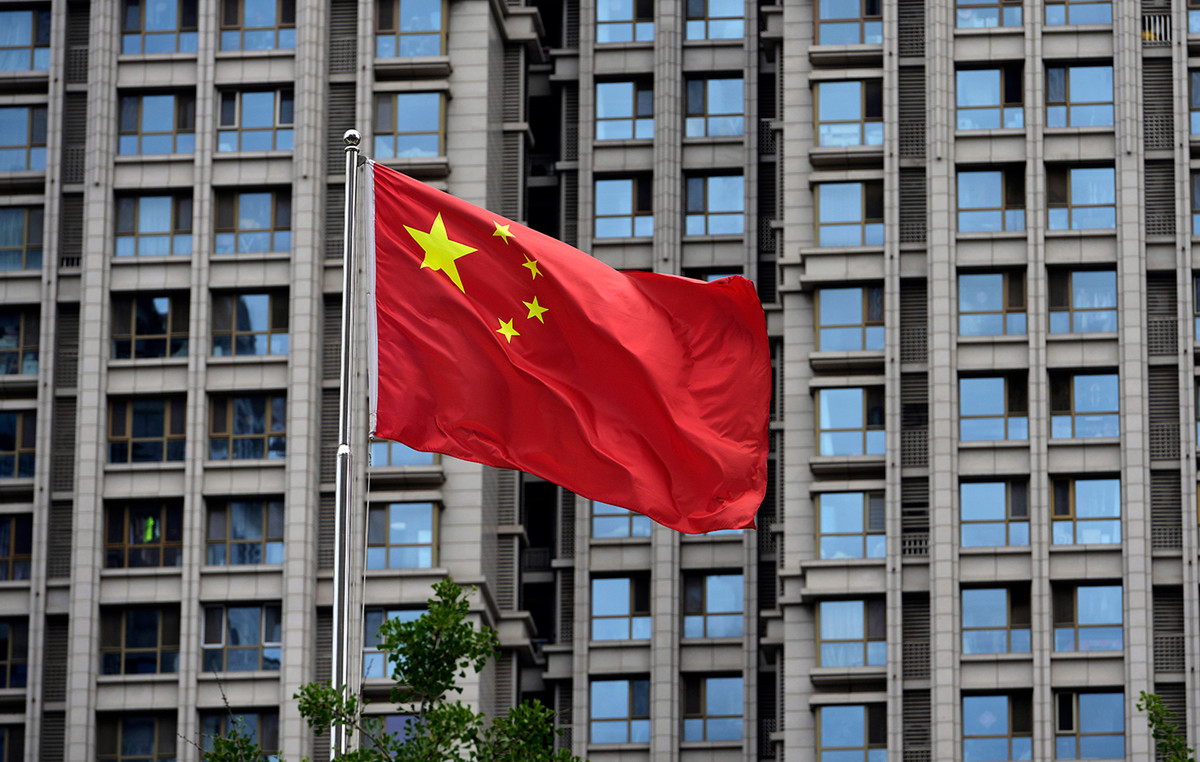Researchers have identified a protein that can act as a tissue damage sensor and block the inflammatory response triggered by a cell subtype of the immune system involved in the development of different autoimmune diseases.
The discovery makes room for further studies in search of treatments for diseases such as psoriasis, rheumatoid arthritis and multiple sclerosis, in which the immune system itself attacks healthy cells.
The work reveals the role of the protein STING (acronym in English for STimulator of INterferon Genes) in lymphocytes, particularly in helper T cells type 17 (Th17, in its acronym in English). The results were published in scientific journal Cell Reports.
The scientists, led by a group from the Faculty of Medicine of Ribeirão Preto, University of São Paulo (USP), demonstrated that the activation of STING in lymphocytes in vitro reduces the ability of this cell to cause inflammation and, in return, it starts to manufacture a cytokine, interleukin-10, which has anti-inflammatory functions.
“We believe that the activation of the STING protein is a modulator to reduce the inflammatory response of Th17 cells. We think there may be a potential link between tissue injury sensors and the injury caused by autoimmune inflammation in the affected tissue. This same injury can lead to a brake on the inflammatory response and further aggravate the disease”, explains USP professor José Carlos Farias Alves-Filho, corresponding author of the article.
In autoimmune diseases, the body’s defense cells reverse their role. Instead of protecting the individual against infections, they start to attack him, producing inflammation and progressive lesions in the affected tissue. In cases of multiple sclerosis, for example, the lesion occurs in the central nervous system, impairing part of the motor capacity. In psoriasis, the skin is the main affected area.
It is already known that the Th17 subtype lymphocyte plays an important role both in mediating the development of autoimmune diseases and in the progression of lesions caused by the inflammation characteristic of each type of autoimmune disease. But it is also implicated in the body’s fighting response to pathogens, giving rise to the dual nature of this cell type.
That is, there are “pathogenic” Th17 – which produce interleukin-17 and other cytokines responsible for modulating the inflammatory response that leads to tissue damage in autoimmune diseases – and “non-pathogenic”, which also manufacture interleukin-10, with anti-inflammatory capacity to reduce the injury. During this process, DNA is released.
In the literature, the STING protein has been described as an important intracellular DNA sensor. Now, research has shown that this mechanism curbs the inflammatory capacity of the Th17 lymphocyte.
According to the professor, STING is found more in Th17 cells that control infection (non-pathogenic) than in those that promote autoimmune diseases (pathogenic). And, moreover, when activated, it makes the pathogenic Th17 no longer have this autoimmune inflammatory profile.
“There is still little description in the literature about the effects of STING on lymphocytes. In the laboratory, we already had a focus on studies with Th17. With this work, we were able to identify in in vitro experimentation that this protein is able to discriminate the pathogenic and non-pathogenic types of Th17 lymphocytes. And we show the mechanism of how this happens”, explains doctoral student Luis Eduardo Alves Damasceno, first author of the work and scholarship holder of the São Paulo State Research Foundation (Fapesp) in Germany.
The scientists are part of the Center for Research in Inflammatory Diseases (CRID), a Center for Research, Innovation and Dissemination (CEPID) based at FMRP-USP. The work was also supported by FAPESP through grants awarded to Gabriel Azevedo Públio and Guilherme Cesar Martelossi Cebinelli.
In 2020, the group had discovered that an enzyme linked to metabolic processes (PKM2) is involved in Th17 differentiation and, consequently, in the development of autoimmune diseases. The study was carried out during Damasceno’s master’s degree, under the supervision of Alves-Filho, and was published in the Journal of Experimental Medicine.
Currently, the treatment of autoimmune diseases is done with immunosuppressive drugs, which reduce the activity of the immune system responsible for tissue damage, but also inhibit the body’s ability to respond to infections. Therefore, they end up creating a state of general immunosuppression that predisposes patients to infections by bacteria, viruses and fungi. In addition, these drugs have several adverse effects that often limit their use.
Studies of this type are important because they point out ways and mechanisms used by cells to trigger and worsen diseases and can serve as a focus for new treatments, directing the application of specific drugs.
Next steps
Now, according to the professor, the group intends to develop research with genetically modified animals (called conditional knockouts), which allow using models that have Th17 lymphocytes without the STING protein.
From there it is possible to induce autoimmune disease in the animal model to test what will happen with the lack of protein in the inflammatory process.
“One of the hypotheses we raised is that the lack of the STING protein can make the autoimmune disease even worse because it removes the body’s ability to curb inflammation. It is possible that this endogenous deficiency that we observed leads to progressive damage. Without it, the disease could probably progress more quickly to severe cases”, explains Alves-Filho.
Source: CNN Brasil
I am an experienced journalist and writer with a career in the news industry. My focus is on covering Top News stories for World Stock Market, where I provide comprehensive analysis and commentary on markets around the world. I have expertise in writing both long-form articles and shorter pieces that deliver timely, relevant updates to readers.







